Why Average Wait Time Affects Customer Satisfaction

Have you ever felt frustrated waiting too long for customer service? You're not alone. Research indicates that customers who experience an average wait time of over two minutes to connect with an agent often report lower satisfaction. In fact, satisfaction drops significantly as wait times increase:
- 0–5 minutes: 95% satisfaction
- 6–10 minutes: 85% satisfaction
- 11–15 minutes: 70% satisfaction
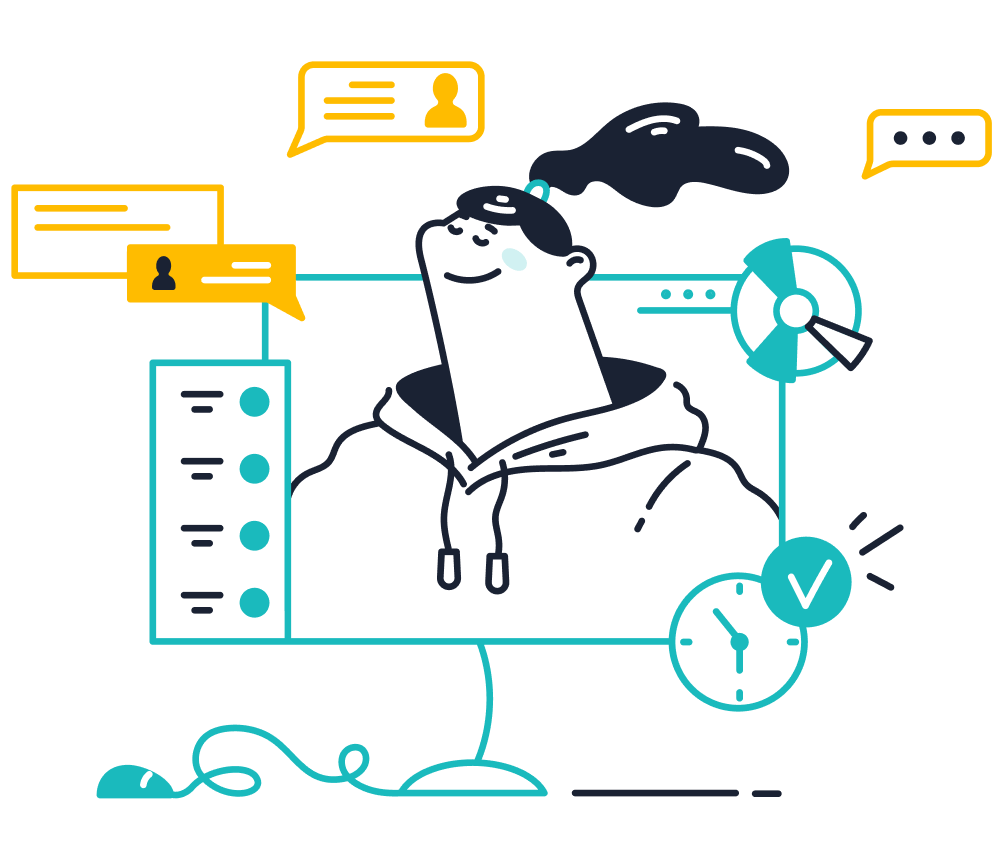
Long waits don't just impact satisfaction—they can lead to the loss of loyal customers. A 2022 report revealed that 86% of consumers abandon brands after two or three poor service experiences. Effectively managing average waiting time is essential for maintaining customer happiness and loyalty. Solutions like Sobot's Live Chat are designed to help reduce wait times, ensuring your customers feel valued and supported.
What Is Average Wait Time and Why Does It Matter?
Defining Average Wait Time
How average wait time is calculated in customer service.
Average wait time is a simple yet powerful metric that reflects how long customers wait before receiving assistance. It’s calculated using this formula:
Average Wait Time (AWT) = Total Wait Time / Number of Calls Handled
For example, if 100 calls collectively take 500 minutes of waiting, the average wait time is 5 minutes per call. This metric helps you identify bottlenecks in your service process and allocate resources more effectively. By understanding it, you can pinpoint areas where your team might need extra support or where technology, like Sobot Live Chat, could step in to reduce delays.
Industry standards for acceptable wait times.
Different industries have varying benchmarks for average wait time. For instance:
| Type of Contact Center | Average Wait Time |
|---|---|
| Inbound call centers | 30 seconds to 2 minutes |
| Customer support hotlines | Less than 1 minute |
| Technical support centers | 2 to 5 minutes |
| Sales and order support centers | 1 to 3 minutes |
| Emergency response centers | Immediate or near-immediate response |
Most industries aim to answer 80% of calls within 20 seconds. However, customers may tolerate longer waits for technical support compared to sales inquiries. Meeting these standards can significantly enhance your customer experience.
The Role of Average Wait Time in Customer Experience
Connection between wait time expectation and satisfaction.
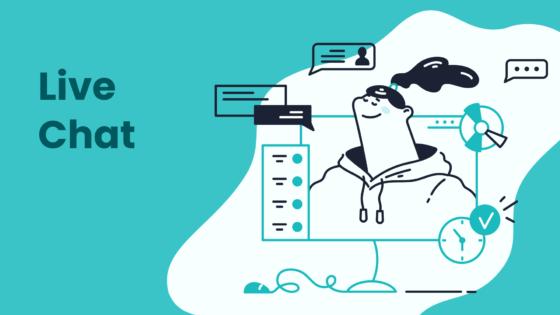
Your customers often have a wait time expectation based on past experiences or industry norms. When you meet or exceed these expectations, satisfaction levels soar. However, when wait times drag on, frustration builds. Studies show that customers overestimate wait times by 36% when they’re not engaged, which can amplify dissatisfaction. Tools like Sobot Live Chat keep customers engaged with real-time updates, reducing perceived wait times and improving their overall experience.
How exceeding or meeting expectations influences customer loyalty.
Shorter wait times don’t just make customers happy—they build loyalty. When you consistently meet expectations, customers feel valued and are more likely to return. On the flip side, long waits can lead to irritation and even drive customers to competitors. Companies that prioritize reducing average wait time often see higher retention rates and a stronger market presence. For example, Sobot’s omnichannel solutions help businesses streamline communication, ensuring faster responses and happier customers.
The Psychological and Emotional Impact of Wait Times
Understanding Customer Expectations
The importance of setting realistic wait time expectations.
Your customers don’t just want fast service—they want predictable service. When you set clear and realistic wait time expectations, you help manage their patience. For instance, if you inform customers that their wait will be three minutes and deliver within that time, they’re more likely to feel satisfied. On the other hand, vague or overly optimistic promises can backfire. Research shows that customers who experience wait times longer than expected often report a sharp decline in satisfaction. This highlights the importance of transparency in managing expectations.
How unmet expectations lead to dissatisfaction.
Failing to meet expectations can quickly turn a neutral experience into a negative one. Imagine waiting longer than expected for a response after being told it would only take a minute. That frustration can linger, affecting how customers perceive your brand. Studies reveal that customer satisfaction drops from 95% to 55% when wait times stretch from 5 to 20 minutes. Tools like Sobot Live Chat can help you set and meet realistic expectations by providing real-time updates, ensuring customers stay informed and engaged.
Emotional Reactions to Long Wait Times
Frustration, anxiety, and their effect on brand perception.
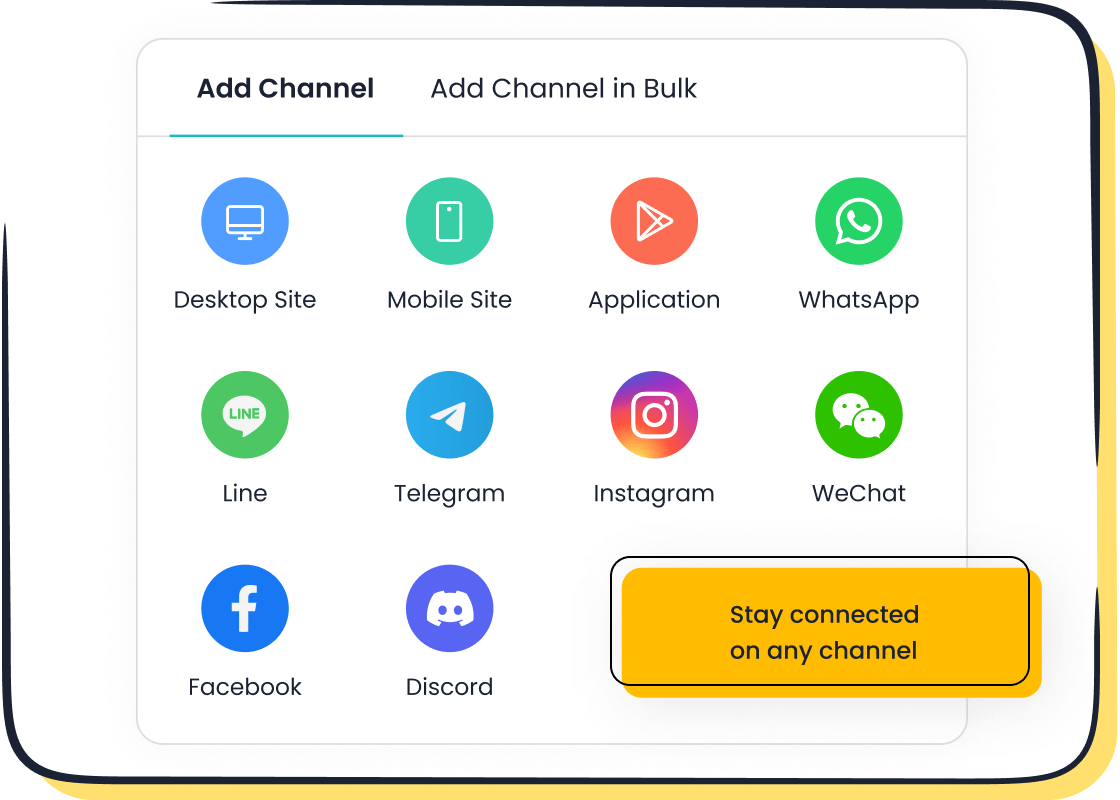
Long wait times don’t just test patience—they stir up emotions like frustration and anxiety. Nearly 65% of customers report feeling annoyed or disrespected when forced to wait too long. These emotions can damage your brand’s reputation, making customers less likely to return. Psychological studies even show a direct link between extended wait times and increased distress (r=.23, P=.009). By reducing wait times with tools like Sobot’s omnichannel solutions, you can minimize these negative emotions and protect your brand image.

The Zone of Indifference and its role in customer satisfaction.
The “Zone of Indifference” refers to the range of wait times customers find acceptable. Staying within this zone keeps satisfaction steady, but exceeding it can lead to dissatisfaction. Interestingly, customers react more strongly to shorter-than-expected waits than they do to slightly longer ones. This means that surprising your customers with faster service can significantly boost satisfaction. Sobot Live Chat’s intelligent assignment feature helps businesses stay within this zone by routing inquiries efficiently.
The Ripple Effect on Customer Experience
How negative emotions impact loyalty and word-of-mouth.
Negative emotions caused by long wait times don’t just fade away—they ripple through the customer experience. Frustrated customers are more likely to share their dissatisfaction with others, damaging your brand’s reputation. A recent survey found that 43% of consumers feel less satisfied with businesses that make them wait in line. This dissatisfaction often leads to customer churn, as people switch to competitors offering faster service.
The long-term consequences of poor wait time management.
The effects of poor wait time management extend beyond immediate frustration. Over time, it can erode trust, reduce loyalty, and hurt your bottom line. Customers who experience long wait times repeatedly are less likely to return, and negative word-of-mouth can deter potential new customers. By leveraging tools like Sobot Live Chat, which offers real-time updates and AI-powered efficiency, you can avoid these pitfalls and foster long-term customer satisfaction.
Types of Wait Times and Their Impact on Customer Satisfaction
Queue Times in Customer Service
Examples of queue times in call centers and live chat.
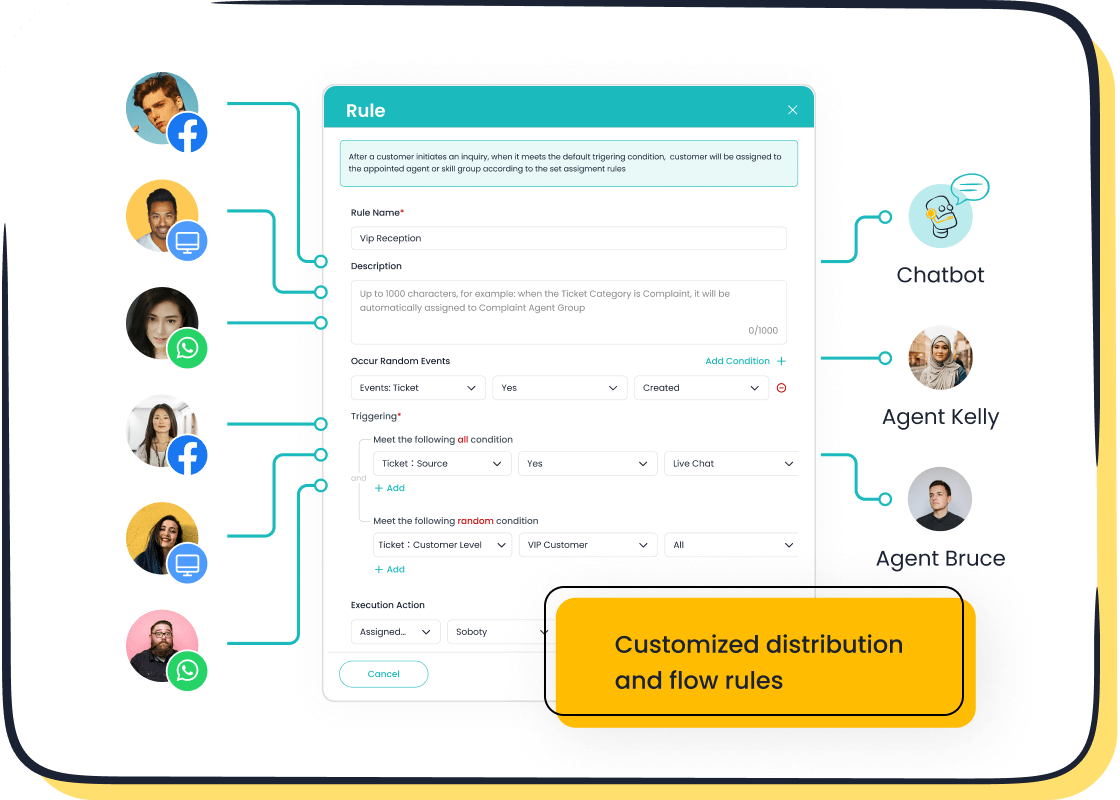
Queue times are a common type of customer wait times, especially in call centers and live chat platforms. For instance, inbound call centers often aim to answer 80% of calls within 20 seconds, following the 80/20 standard. However, not all industries meet this benchmark. In technical support, customers may wait up to five minutes, while sales inquiries typically see shorter waits of one to three minutes. Live chat platforms like Sobot Live Chat help businesses reduce these times by offering real-time communication across multiple channels, ensuring faster responses and happier customers.
How long queues affect customer patience and satisfaction.
Long queues can test anyone’s patience. Nearly 65% of customers report feeling frustrated or disrespected when forced to wait too long. This frustration often leads to dissatisfaction, with 43% of consumers feeling less satisfied with businesses that make them wait. Worse, 86% of customers leave brands after just two or three poor service experiences. By managing queue times effectively, you can protect customer satisfaction and prevent churn. Tools like Sobot Live Chat streamline communication, keeping wait times short and customers engaged.
Processing Times and Delays
The impact of slow processing on customer experience.
Slow processing times can feel like a hidden form of waiting. Whether it’s waiting for an order confirmation or a service resolution, delays can frustrate customers. Metrics like Average Handle Time (AHT) and First Response Time (FRT) highlight how delays impact efficiency and satisfaction. For example, a high AHT often signals inefficiencies that lead to longer customer wait times. These delays can erode trust and make customers less likely to return, ultimately affecting your bottom line.
Strategies to manage unexpected delays effectively.
Unexpected delays happen, but how you handle them makes all the difference. Transparency is key. Informing customers about delays and providing updates can ease frustration. Real-time notifications, like those offered by Sobot Live Chat, keep customers informed and engaged. Additionally, streamlining workflows and training agents to handle inquiries efficiently can reduce processing times. By addressing delays proactively, you can maintain customer satisfaction and loyalty.
The Role of Technology in Reducing Wait Times
How tools like Sobot Live Chat improve response times.
Technology plays a crucial role in reducing average wait time. Platforms like Sobot Live Chat enable businesses to respond faster by unifying customer interactions across channels. With features like intelligent assignment and AI-powered tools, Sobot ensures that inquiries are routed to the right agents instantly. This not only shortens response times but also enhances the overall customer experience. By leveraging such tools, you can meet customer expectations and boost satisfaction.
Examples of AI and automation in managing wait times.
AI and automation have revolutionized how businesses handle customer wait times. For example, chatbots can resolve repetitive queries instantly, freeing agents to focus on complex issues. Real-time monitoring tools identify bottlenecks, allowing businesses to address delays quickly. Companies like Walmart use IoT technology to optimize queue management, ensuring smoother operations and shorter waits. By adopting these technologies, you can reduce customer wait times and improve satisfaction.
Strategies for Managing and Reducing Average Wait Time
Leveraging Technology for Faster Service
The role of Sobot Live Chat in reducing wait times.
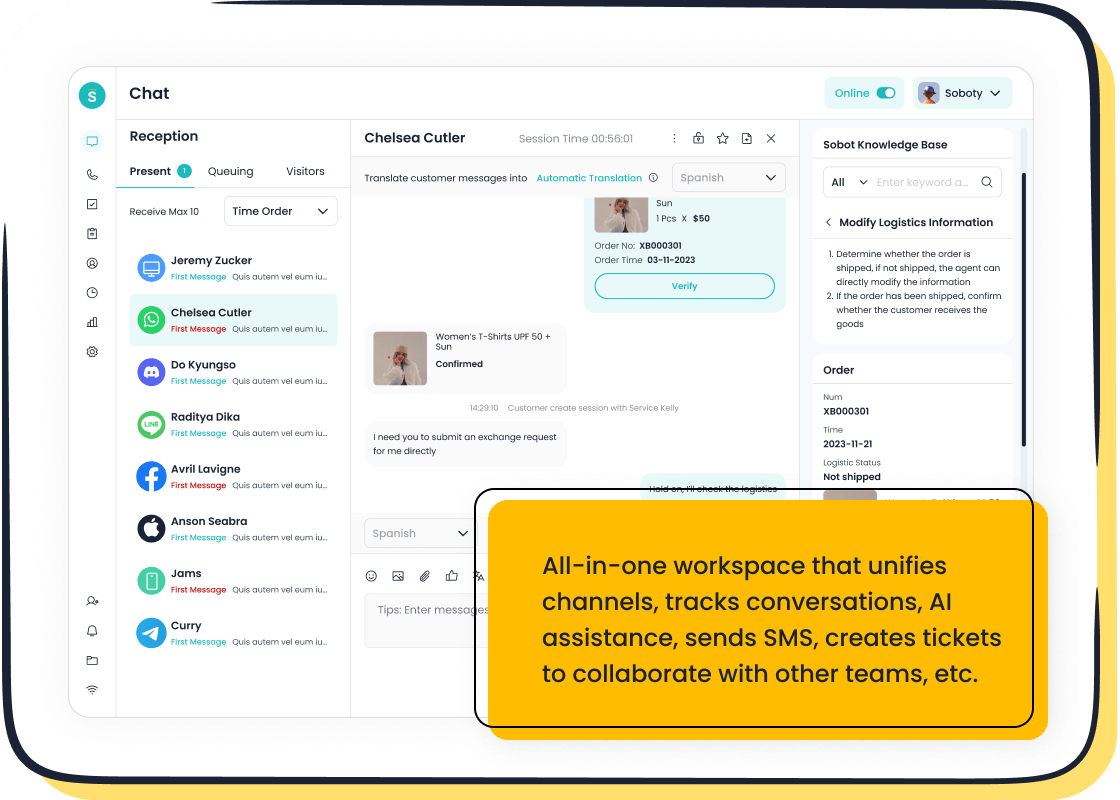
Sobot Live Chat is a game-changer when it comes to strategically navigating wait times. By unifying customer interactions across multiple channels, it ensures faster responses. Its intelligent assignment feature routes inquiries to the right agent instantly, cutting down delays. For example, live chat response times average just 1 minute and 35 seconds, compared to over 3 hours for email. This speed not only improves customer satisfaction but also enhances brand loyalty. Additionally, Sobot’s AI-powered tools handle routine queries, freeing agents to focus on complex issues. This balance between automation and human interaction ensures efficient service delivery while keeping customers engaged.
Benefits of omnichannel support and AI-powered tools.
Omnichannel support allows you to meet customers where they are—whether on social media, apps, or websites. This seamless integration reduces the need for customers to repeat themselves, saving time. AI tools further enhance this experience by predicting customer needs and offering instant solutions. For instance, predictive analytics can allocate resources proactively, minimizing wait times during peak hours. These technologies not only make waiting shorter than expected but also improve overall service efficiency.
Optimizing Customer Service Processes
Streamlining workflows to improve efficiency.
Streamlined workflows are essential for reducing average wait times. By automating repetitive tasks, you can free up agents to focus on high-priority inquiries. For example, self-service kiosks and automated ticketing systems expedite service delivery, cutting down delays. A streamlined process also improves response times, which directly impacts customer satisfaction. According to research, optimizing workflows can reduce average wait times by up to 40%. Sobot’s unified workspace simplifies agent tasks, ensuring faster and more accurate responses.
Training agents to handle inquiries more effectively.
Well-trained agents are your frontline defense against long wait times. Training programs should focus on improving communication skills, product knowledge, and problem-solving abilities. For instance, companies that invest in comprehensive staff training often see higher customer retention rates. Sobot supports this by providing tools that help agents access customer data quickly, enabling them to resolve issues efficiently. This approach not only reduces wait times but also ensures customers leave with a positive impression.
Enhancing Communication with Customers
Proactive updates to manage wait time expectations.
Keeping customers informed about their wait status can significantly improve their experience. Proactive updates, such as estimated wait times or queue positions, help manage expectations. Studies show that customers are more patient when they know what to expect. Sobot Live Chat excels in this area by providing real-time updates, ensuring customers feel valued even during delays. This transparency makes waiting shorter than expected, enhancing satisfaction.
Using real-time notifications to improve transparency.
Real-time notifications keep customers in the loop, whether it’s about a delayed response or an order update. For example, SMS or email alerts can notify customers when their query is being addressed. This level of transparency reduces frustration and builds trust. Sobot’s notification system ensures customers stay informed without needing to check manually. By enhancing communication, you can turn potential dissatisfaction into a positive experience.
The Long-Term Benefits of Proactive Wait Time Management
Improved Customer Satisfaction and Loyalty
How shorter wait times lead to happier customers.
Shorter wait times make a big difference in how customers feel about your brand. When customers don’t have to wait long, they feel valued and respected. For instance, a Queue Management System can reduce average wait times by 40%, leading to higher satisfaction levels. Customers appreciate prompt responses, and this positive experience often translates into loyalty. Tools like Sobot Live Chat help businesses achieve this by providing real-time updates and faster resolutions, ensuring customers leave with a smile.
The link between efficient service and repeat business.
Efficient service isn’t just about speed—it’s about creating trust. When you consistently meet or exceed expectations, customers are more likely to return. Studies show that 86% of consumers leave a brand after just two or three poor service experiences. On the flip side, brands that prioritize reducing wait times often see higher retention rates. Sobot’s AI-powered tools streamline communication, helping you deliver efficient service that keeps customers coming back.
Enhanced Brand Reputation
Positive word-of-mouth from satisfied customers.
Happy customers love to share their experiences. When you manage wait times effectively, you create moments worth talking about. For example, 63% of consumers say they’d leave a brand due to poor customer experience. By keeping wait times short, you not only retain customers but also encourage them to recommend your brand. Sobot’s omnichannel solutions ensure seamless interactions, making it easier for customers to spread the word about your excellent service.
The competitive edge of excellent customer experience.
In today’s market, customer experience is a key differentiator. Brands that excel in managing average wait times gain a competitive edge. For instance, Service Z streamlined its booking process, improving satisfaction and increasing bookings. By leveraging tools like Sobot Live Chat, you can enhance your service quality and stand out from competitors. Faster responses and smoother interactions show customers you care, giving your brand a lasting advantage.
Operational Efficiency and Cost Savings
How managing wait times improves productivity.
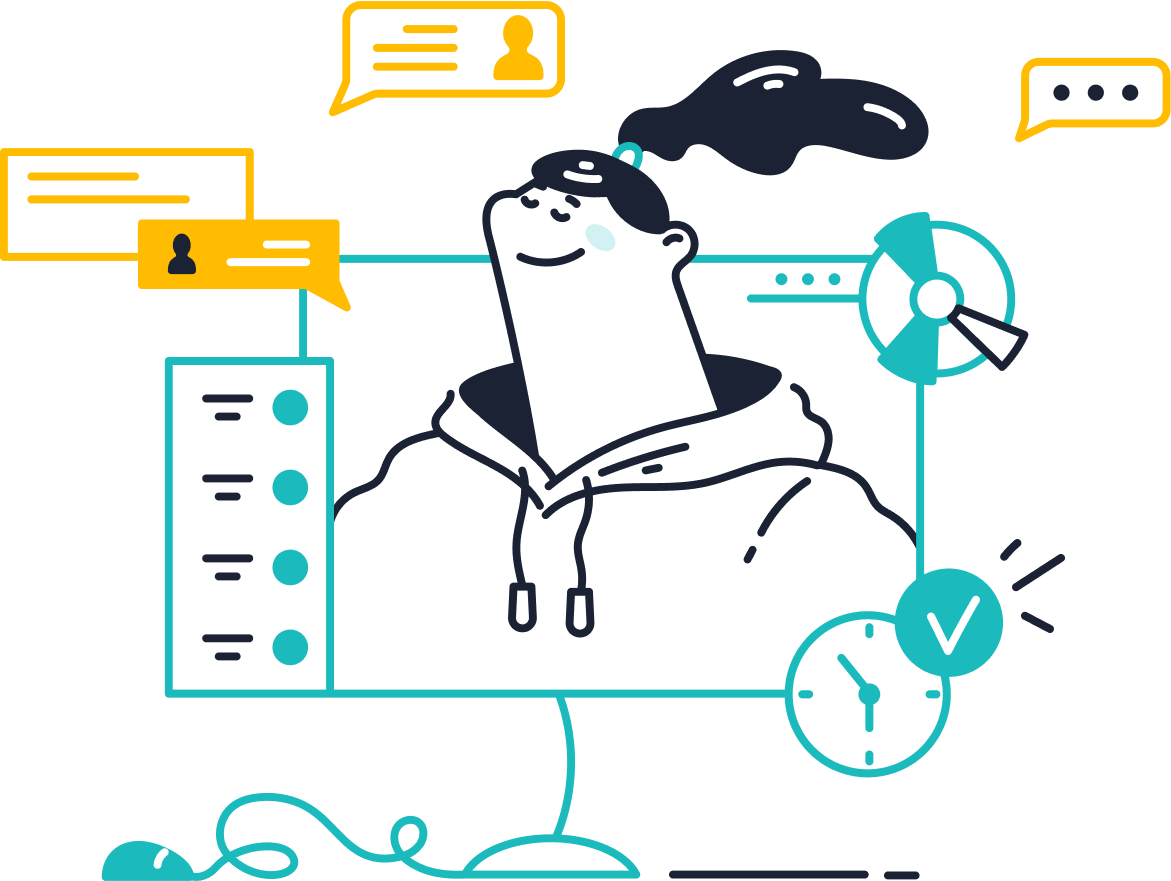
Proactive wait time management doesn’t just benefit customers—it boosts your team’s productivity too. Optimizing staff allocation and using predictive analytics can help you handle demand more efficiently. For example, Sobot’s intelligent assignment feature ensures inquiries go to the right agent, reducing delays. This approach improves resource allocation and allows your team to focus on delivering quality service, ultimately enhancing operational efficiency.
Reducing costs through streamlined processes and technology.
Streamlining processes saves time and money. By automating repetitive tasks, you can reduce labor costs and improve service speed. For instance, Sobot’s AI-powered tools handle routine queries, freeing agents to tackle complex issues. This balance between automation and human interaction minimizes wait times and lowers operational costs. Investing in technology like Sobot Live Chat not only enhances customer satisfaction but also delivers long-term cost savings for your business.
Average wait time plays a huge role in shaping how customers feel about your business. When you keep wait times short, you show customers that their time matters. This builds trust and keeps them coming back. On the flip side, long waits can lead to frustration and lost loyalty.
To tackle this, focus on three key areas:
- Leverage technology like Sobot Live Chat to speed up responses.
- Streamline processes to improve efficiency.
- Communicate clearly with real-time updates to manage expectations.
By addressing wait times proactively, you’ll not only boost customer satisfaction but also gain a competitive edge. After all, happy customers are loyal customers, and that’s the ultimate goal.
FAQ
What is considered a good average wait time for customer service?
A good average wait time depends on the industry. For example, customer support hotlines aim for less than 1 minute, while technical support may allow 2–5 minutes. Tools like Sobot Live Chat help businesses achieve these benchmarks by streamlining communication and reducing delays.
How does average wait time affect customer satisfaction?
Longer wait times often lead to frustration and lower satisfaction. Studies show satisfaction drops from 95% to 70% when wait times exceed 10 minutes. Using solutions like Sobot Live Chat can keep wait times short, ensuring happier customers and stronger loyalty.
Can technology really reduce average wait time?
Absolutely! AI-powered tools like Sobot Live Chat handle repetitive queries instantly and route complex issues to the right agents. This reduces delays and improves efficiency. For example, businesses using Sobot report faster response times and higher customer satisfaction.
How can I manage customer expectations during long wait times?
Transparency is key. Inform customers about estimated wait times or delays through real-time updates. Sobot Live Chat offers features like proactive notifications, keeping customers informed and engaged, which helps reduce frustration and improves their overall experience.
Why should I prioritize reducing average wait time?
Shorter wait times improve customer satisfaction, loyalty, and brand reputation. They also boost operational efficiency. For instance, Sobot Live Chat’s intelligent assignment feature ensures faster responses, saving time for both customers and agents while enhancing your service quality.
See Also
Enhancing Customer Satisfaction Through Live Chat Strategies
Increasing Operational Efficiency With AI Customer Service Tools
Top Strategies for Effective Call Center Quality Management
Improving Call Center Outcomes Through Effective Monitoring
Enhancing E-commerce Customer Experience With Chatbot Technology
